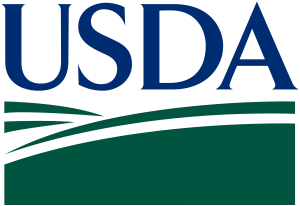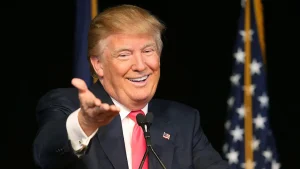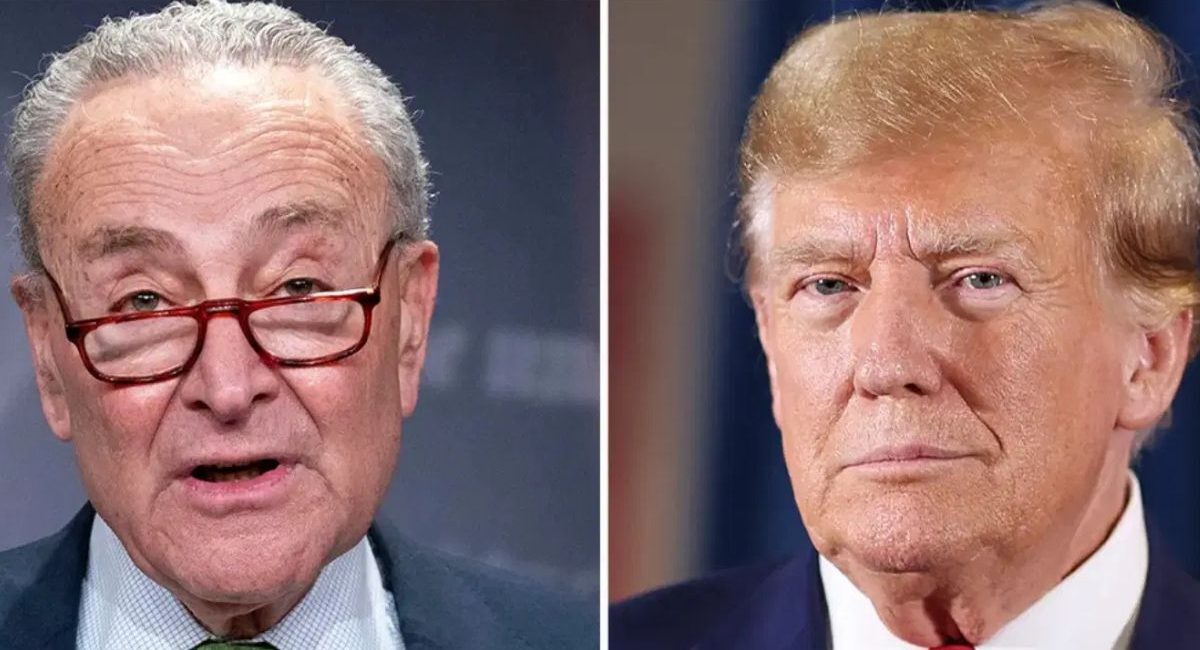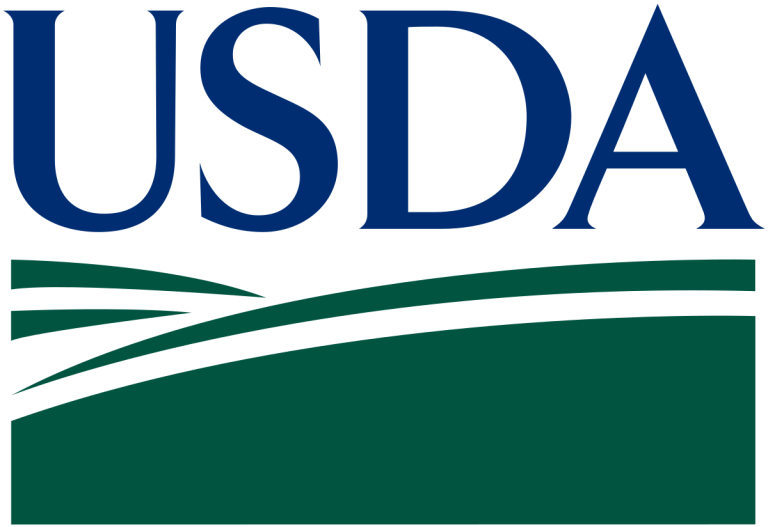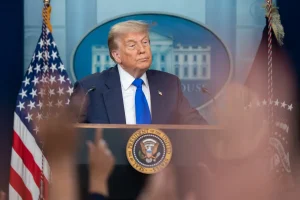A Major Decision in Washington
In a closely watched Capitol Hill development, the U.S. Senate has approved a high-profile nomination that will have significant implications for the nation’s border security strategy. The confirmation vote, held after hours of debate, reflects deep partisan divisions over immigration enforcement and national sovereignty.
From Front-Line Officer to Agency Leader
The nominee, who began his career patrolling rugged terrain and high-traffic crossing points, now assumes leadership of the largest enforcement agency under the Department of Homeland Security. With more than 65,000 employees, the agency’s reach extends from rural border regions to the busiest ports of entry in the country.
Its mission is split into two primary components: one tasked with securing the spaces between official checkpoints, the other responsible for inspecting goods and people entering through them. Both divisions face mounting challenges, from record-breaking migrant encounters to sophisticated smuggling operations.
A Divisive Path to Confirmation
The Senate vote was decided by a razor-thin margin, with one party entirely in favor and the other entirely opposed. Critics pointed to the nominee’s past disagreements with policy shifts during the previous administration, citing internal disputes over terminology and enforcement priorities.
While in a prior leadership position, the nominee had publicly pushed back against replacing legal terms with politically reworded alternatives. In a strongly worded internal memo, he warned that such changes could undermine public trust in federal institutions.
Continued Advocacy After Departure
Following his departure from the agency several years ago, he did not fade from public view. Instead, he became a prominent voice advocating for policies that emphasized stricter enforcement and border infrastructure expansion. He addressed Congress multiple times, made frequent media appearances, and aligned himself with think tanks dedicated to advancing these positions.
Alignment with a Broader Policy Agenda
His confirmation aligns closely with the current administration’s stated objectives. With renewed focus on physical barriers, international agreements affecting asylum claims, and protocols requiring certain applicants to remain outside U.S. territory while cases proceed, the agency now has a leader deeply experienced in these strategies.
The timing of the appointment is particularly noteworthy. Recent judicial decisions have cleared the way for the administration to resume specific enforcement measures that had been stalled by litigation. One such case involved the relocation of certain migrants to countries other than their own—a practice previously challenged in court but now permitted to continue.
The Moment of Acknowledgment
As the Senate tally was announced, the nominee expressed gratitude to both the president and the cabinet official overseeing the department. He emphasized his commitment to “integrity, mission focus, and the protection of national sovereignty.”
For those who have followed his career, this appointment marks both a return and an elevation—placing someone with decades of experience back at the forefront of America’s border security apparatus.

James Jenkins is a celebrated Pulitzer Prize-winning author whose work has reshaped the way readers think about social justice and human rights in America. Raised in Atlanta, Georgia, James grew up in a community that instilled in him both resilience and a strong sense of responsibility toward others. After studying political science and creative writing at Howard University, he worked as a journalist covering civil rights issues before dedicating himself fully to fiction. His novels are known for their sharp, empathetic portraits of marginalized communities and for weaving personal stories with broader political realities. Jenkins’s breakout novel, Shadows of Freedom, won national acclaim for its unflinching look at systemic inequality, while his more recent works explore themes of identity, resilience, and the fight for dignity in the face of oppression. Beyond his novels, James is an active public speaker, lecturing at universities and participating in nonprofit initiatives that support literacy and community empowerment. He believes that storytelling is a way to preserve history and inspire change. When not writing, James enjoys jazz music, mentoring young writers, and traveling with his family to explore cultures and stories around the world.
